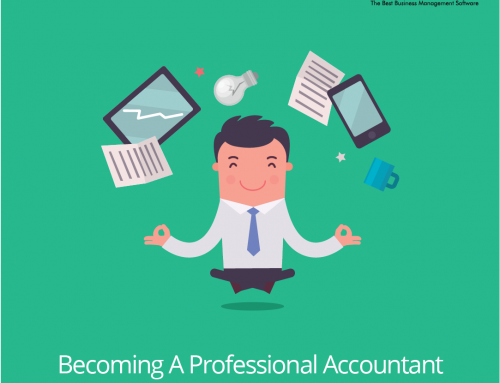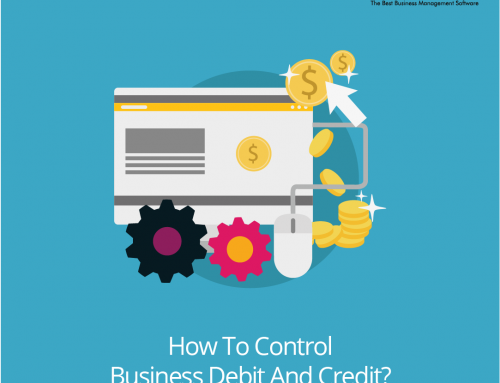It is necessary for every business owner to understand the balance sheet. The balance sheet provides the highlight of the financial condition of the business and as part of the financial statement. The balance sheet will help the owner to make the more informed decision for his business. Balance sheet enables the owner to monitor what the business has and its debts.Analyzing the balance sheet will help the business owner to identify and analyze receivable and payable, handle the financial strength and business capability. On the other hand, ignoring the balance sheet will result in serious problems for the business.
In general, there are 3 parts of the balance sheet: assets, liabilities, and owner’s equity. Let’s review each of the parts:
- Asset
Assets are not only in cash but also inventory and account receivables. Assets is divided into:a. Current assets. Any assets that can be converted into cash in one calendar year. For example account receivable that is cashed in one year period.b. Long term assets: assets that are used related to business operations, such as building, machines, and vehicles.c. Total assets. The total money the company has for short and long term assets.
- Liabilities
It shows the business owes and divided into:a. Current liabilities. It is the total current liabilities that must be paid to creditors.b. Long term liabilities. The business obligation that are due more than one year. - Owner’s equityIt includes the money invested by the owner, retained earning, owner’s draw, and good will. One point to remember, total liabilities, including owner’s equity must be equal to assets. To achieve the balance, total all the business asset and subtract the liabilities except the owner’s equity.
The balance sheet is a vital tool to describe the business health, the balance, and how much their business is worth. It is tells the business condition in detail and requires the owner to change their thinking.




